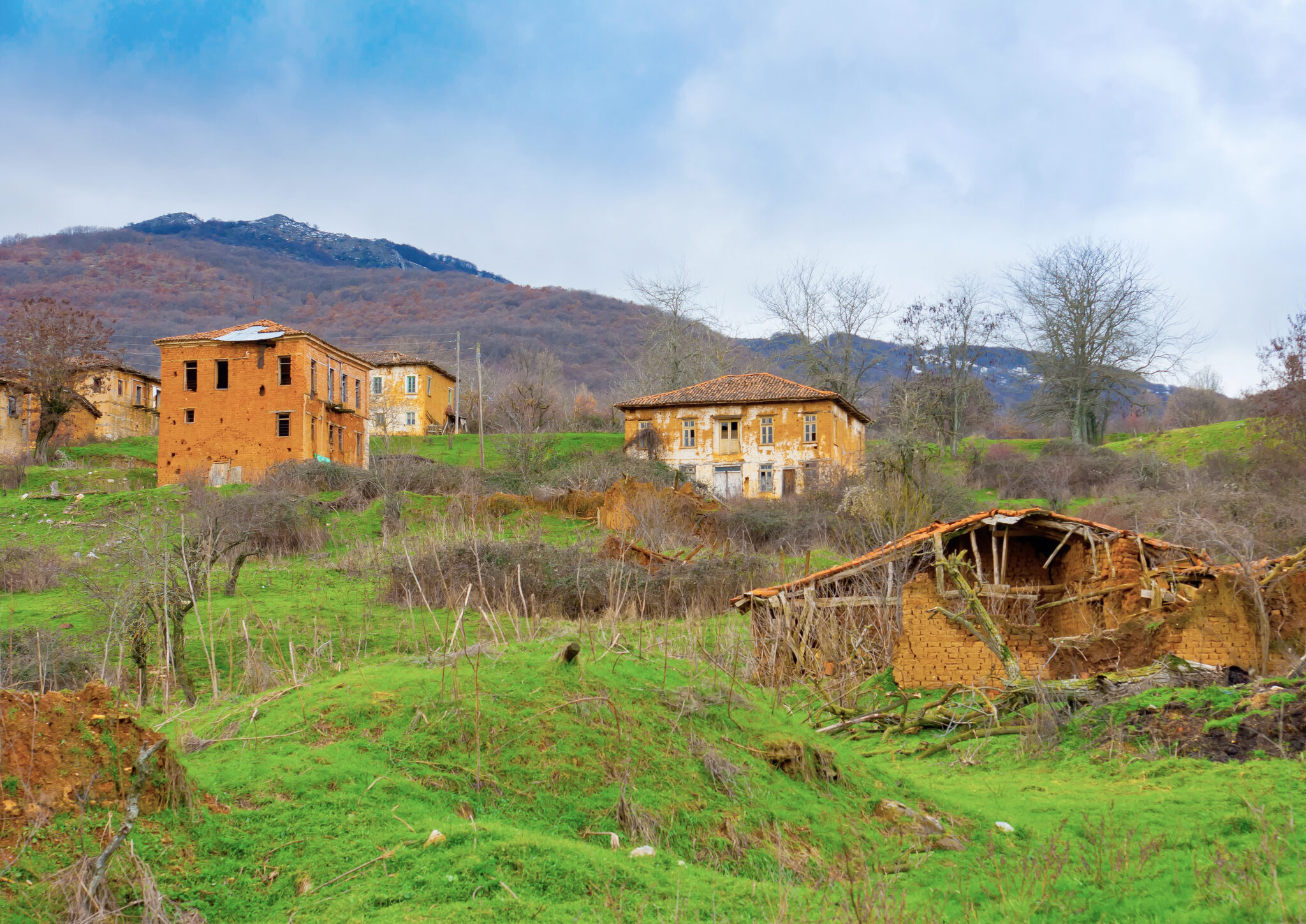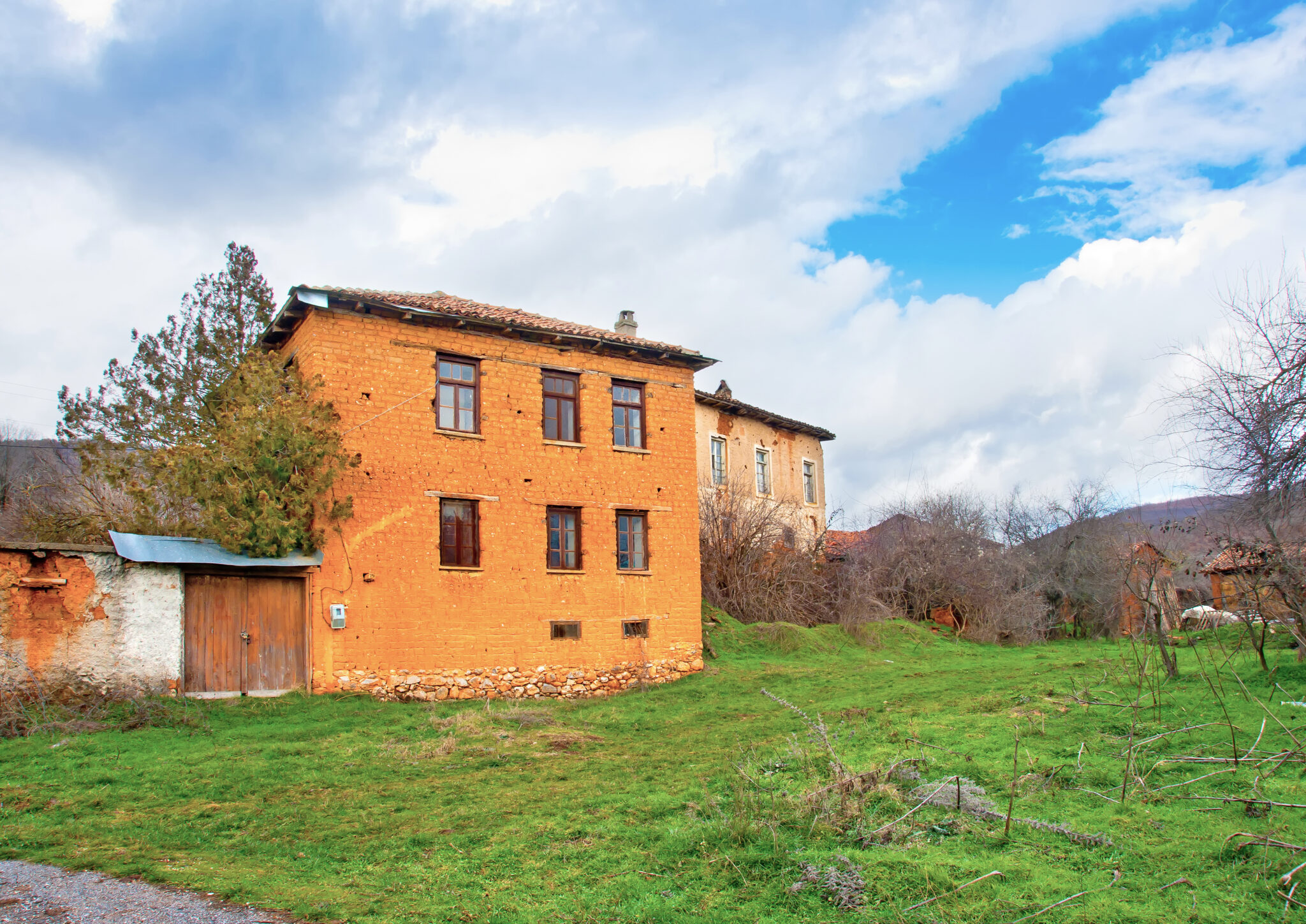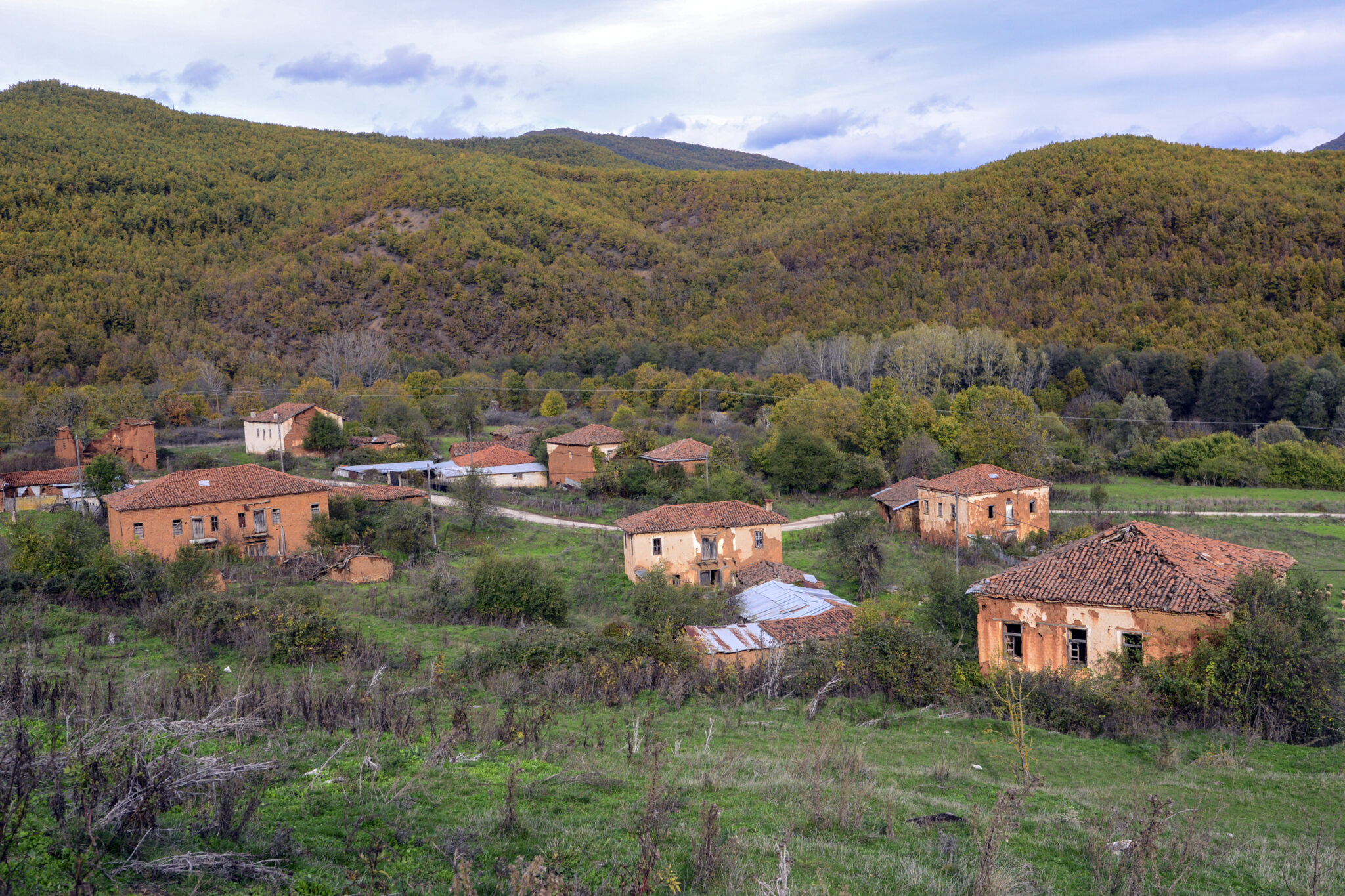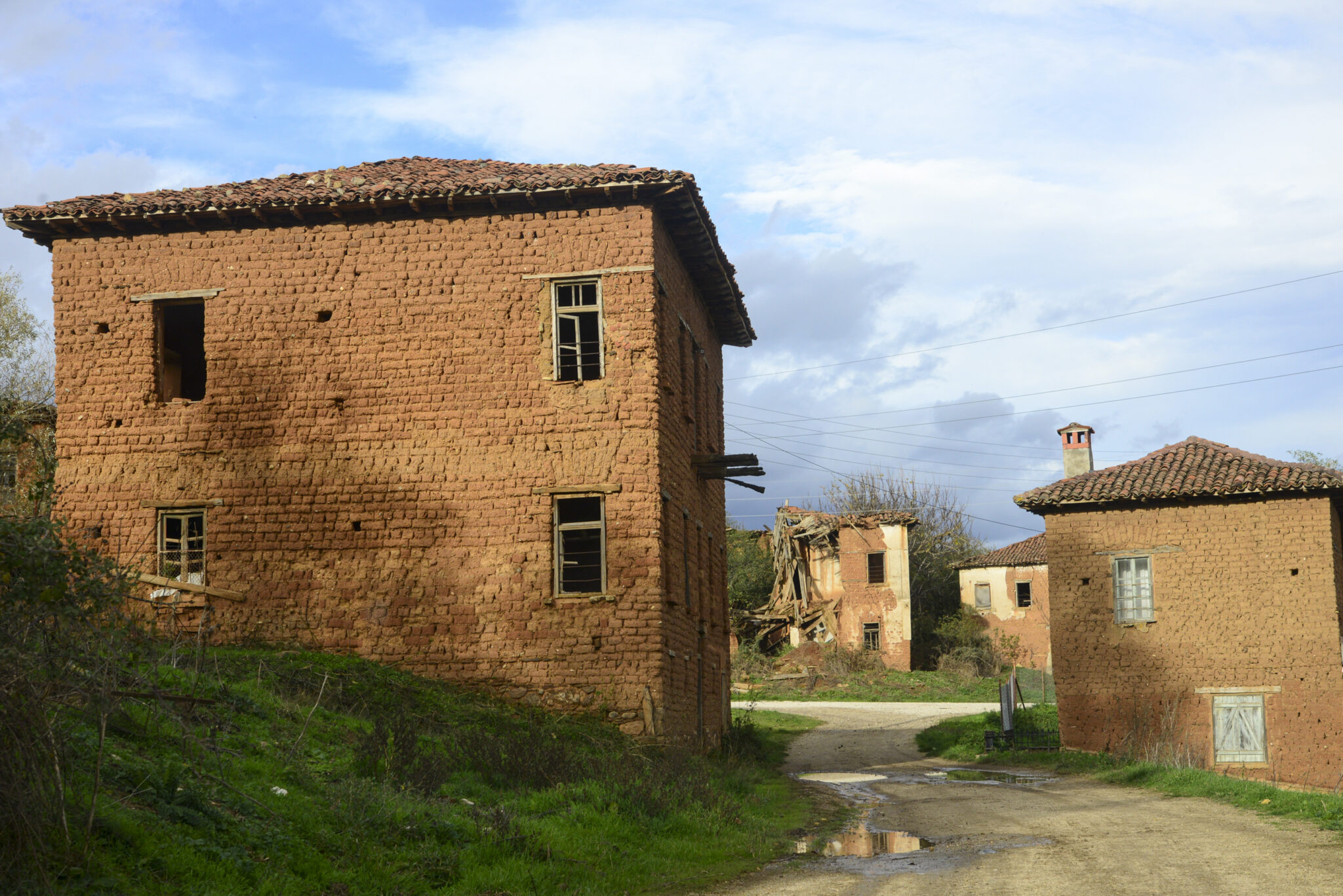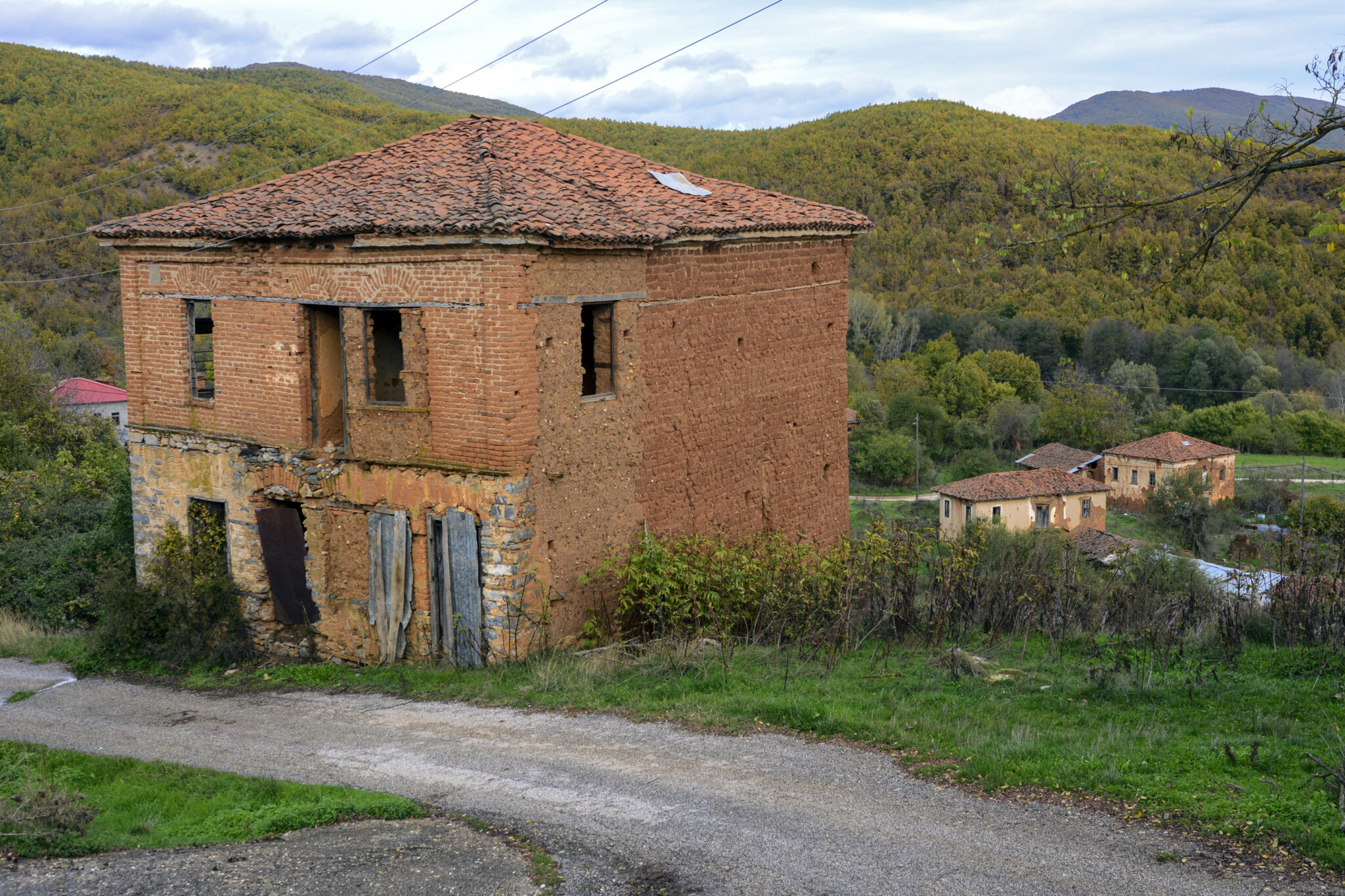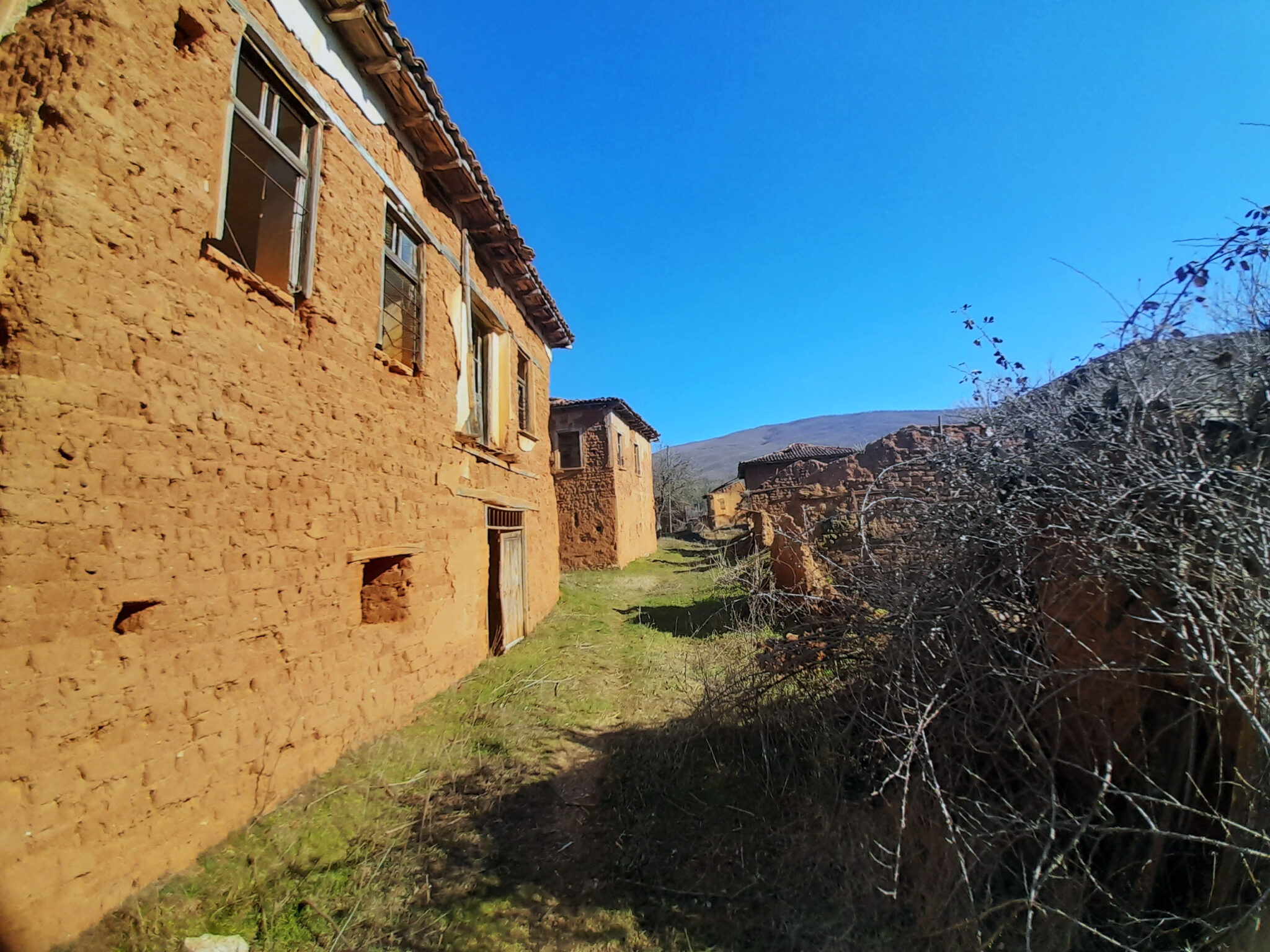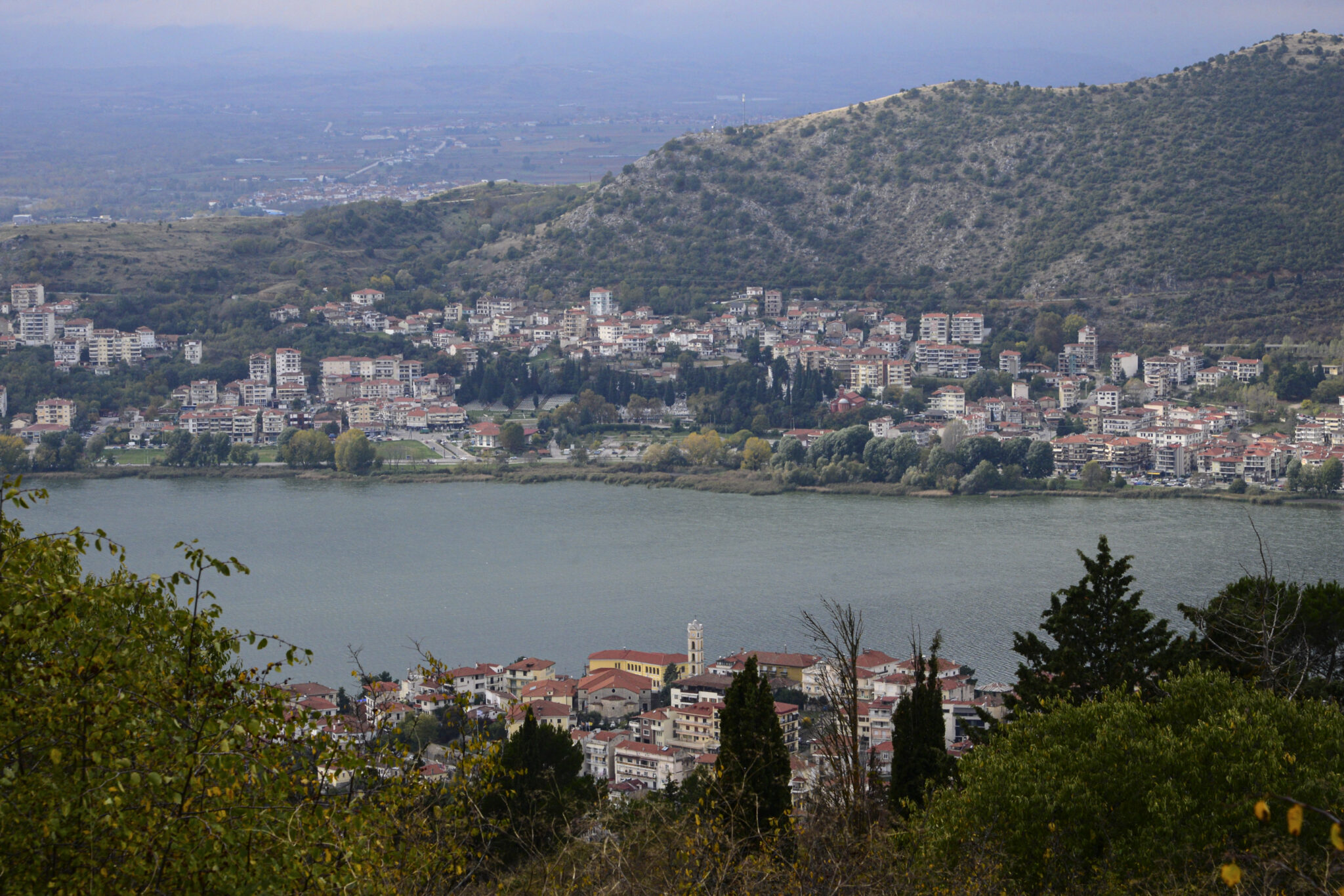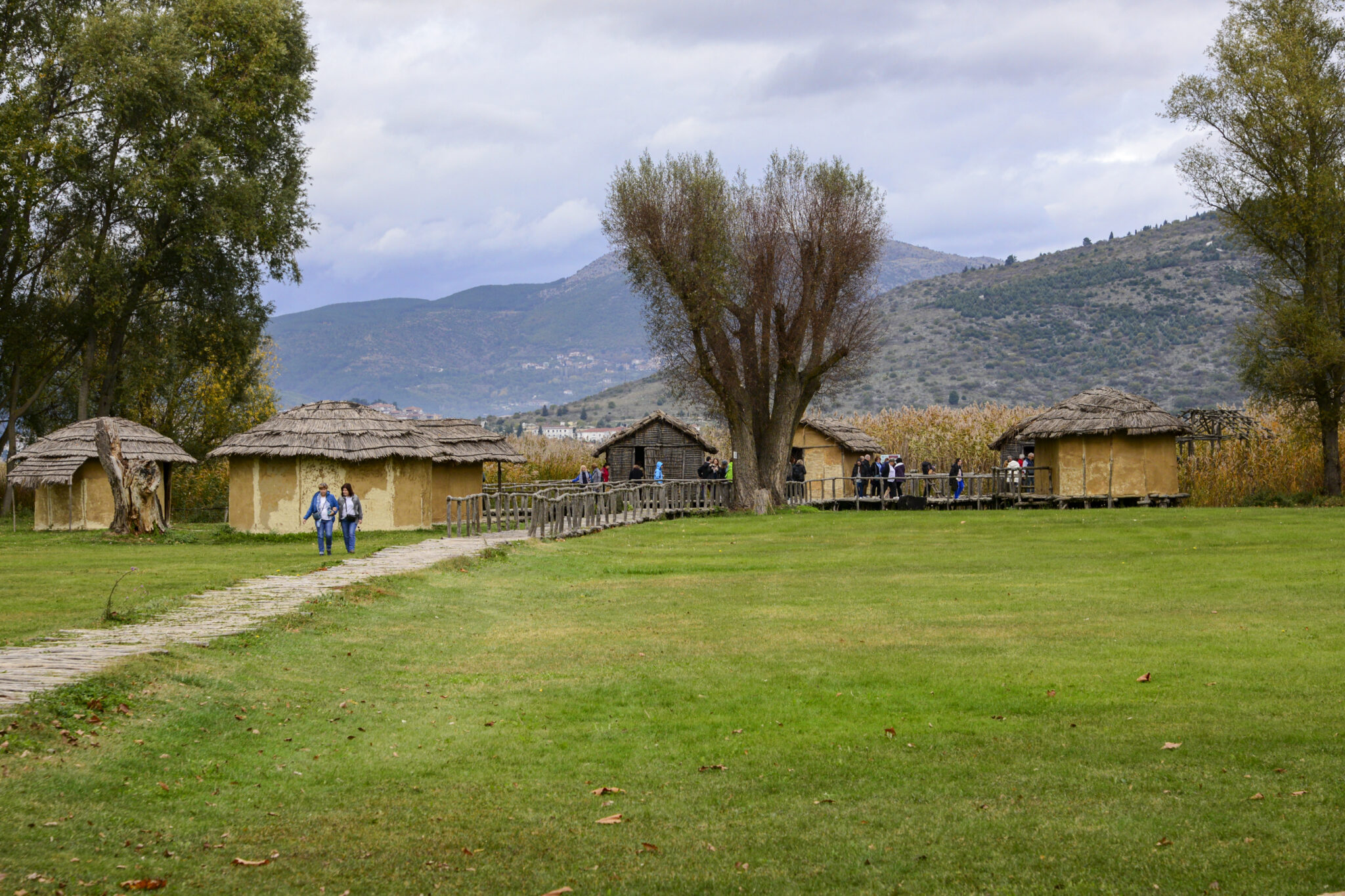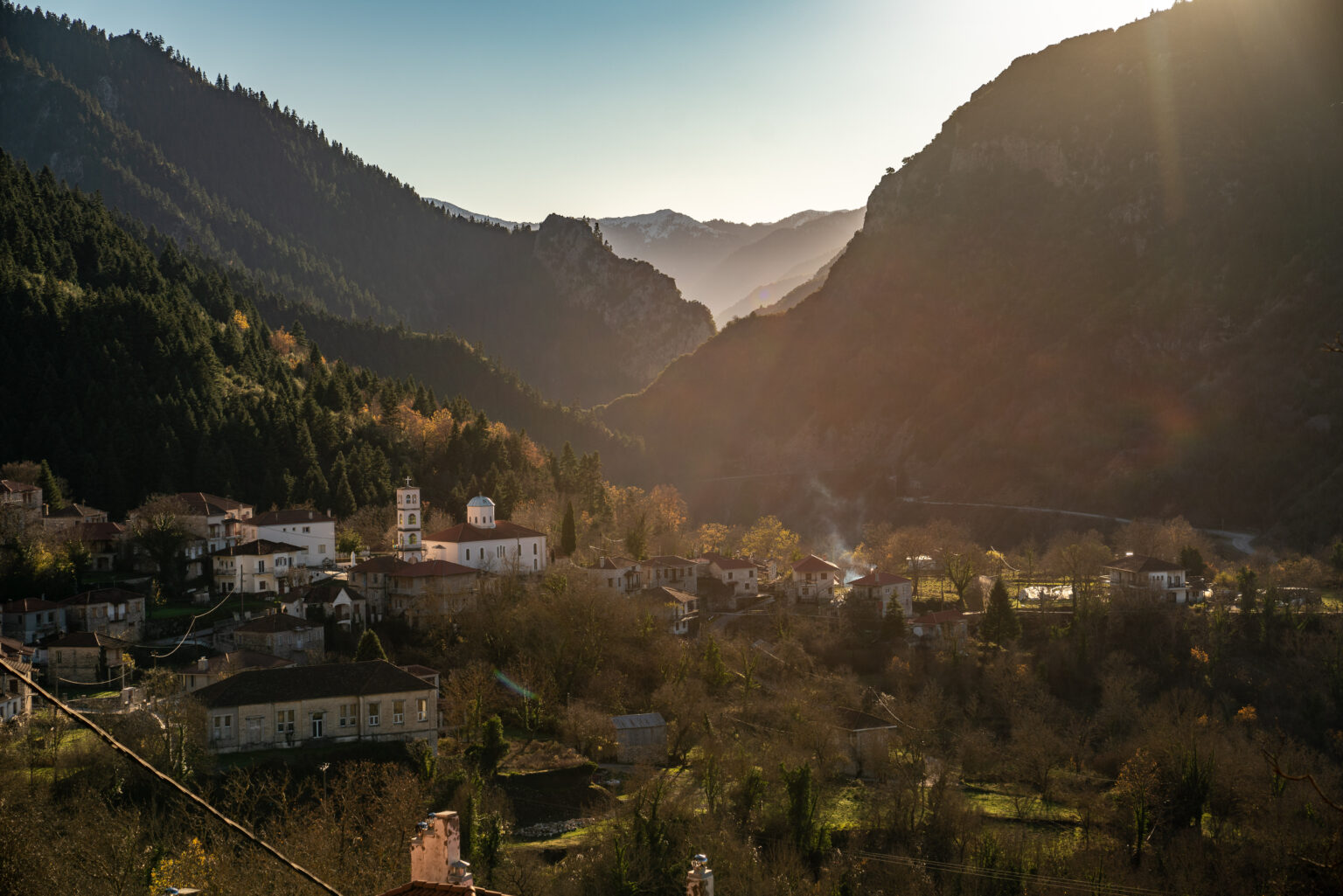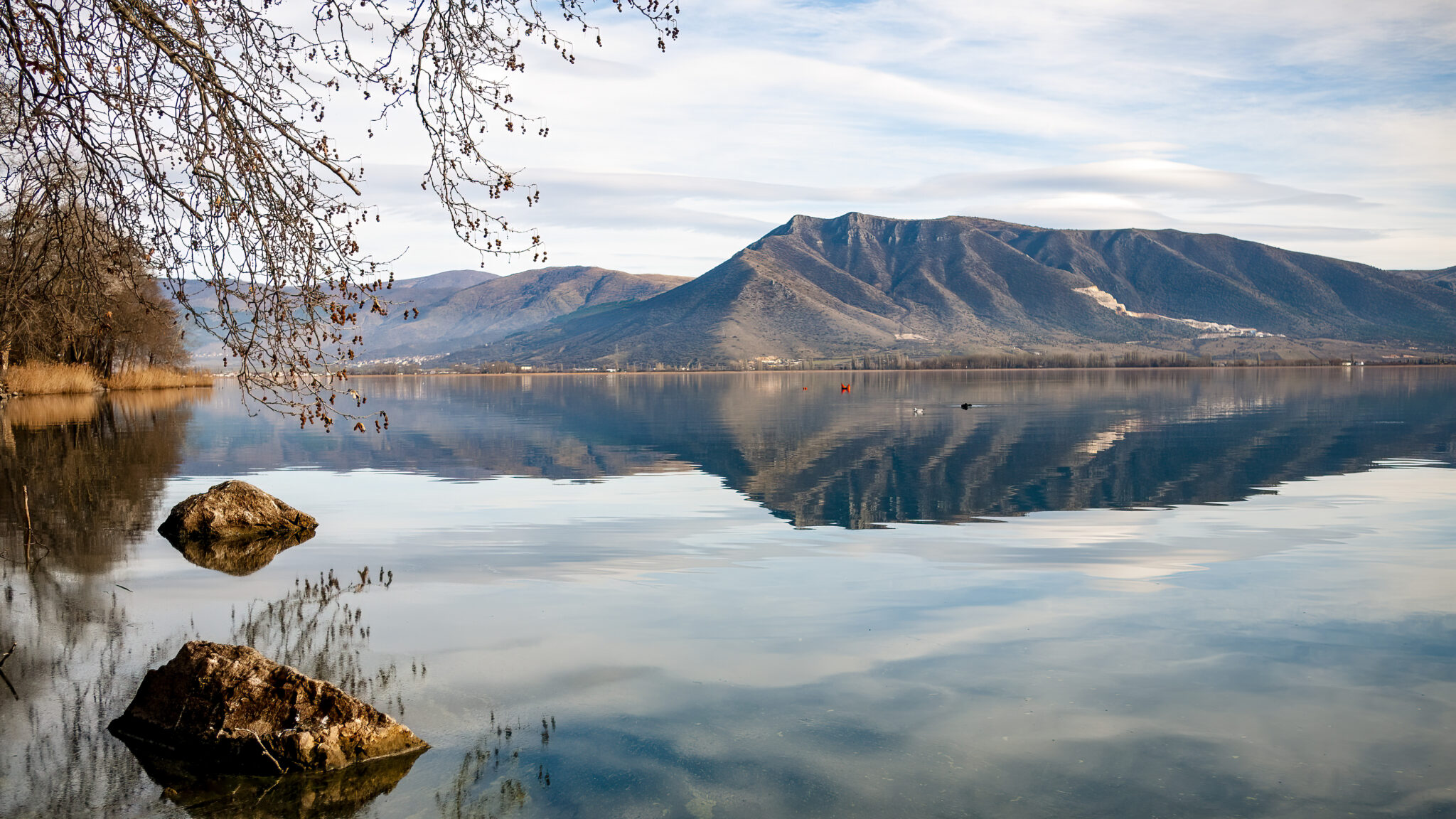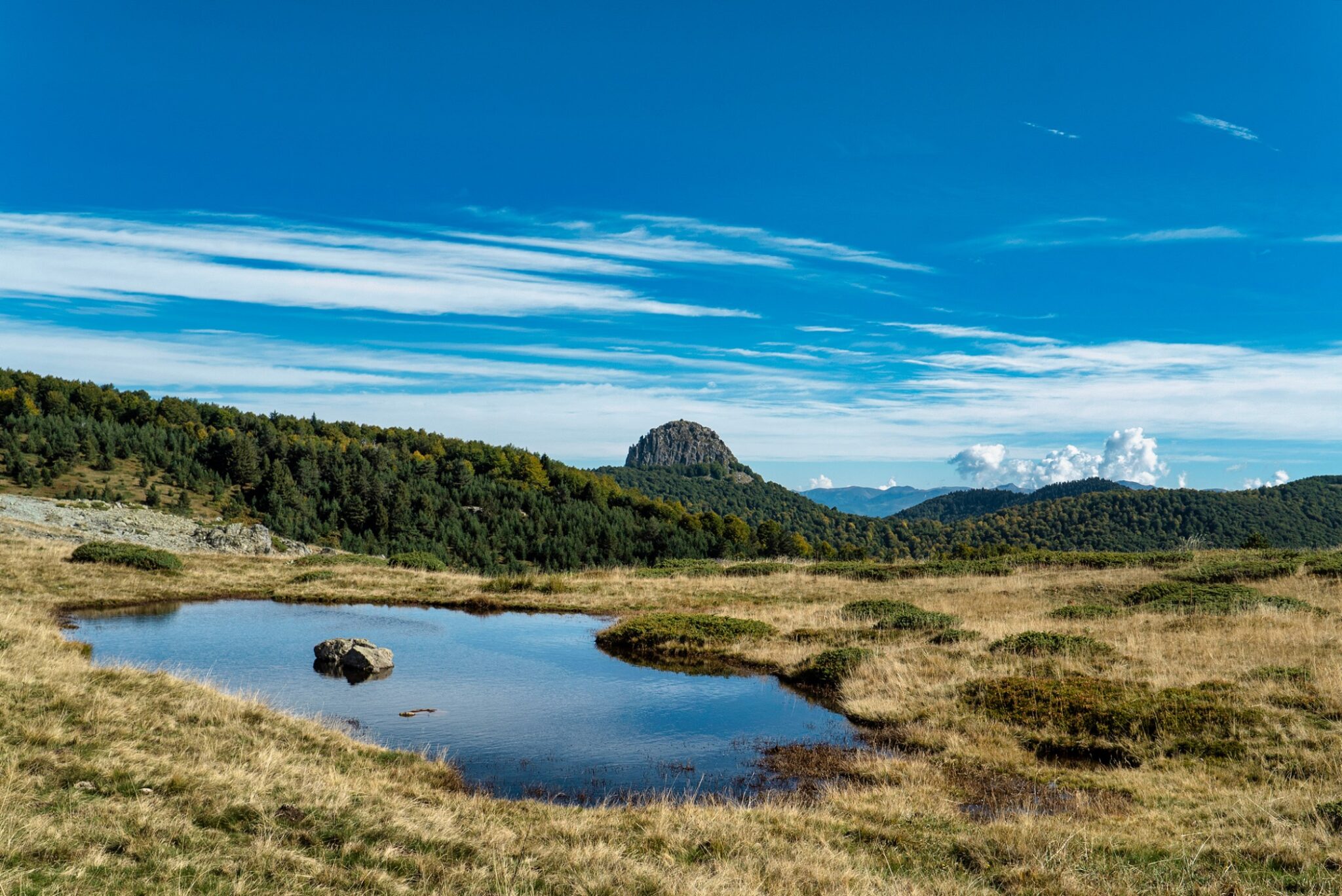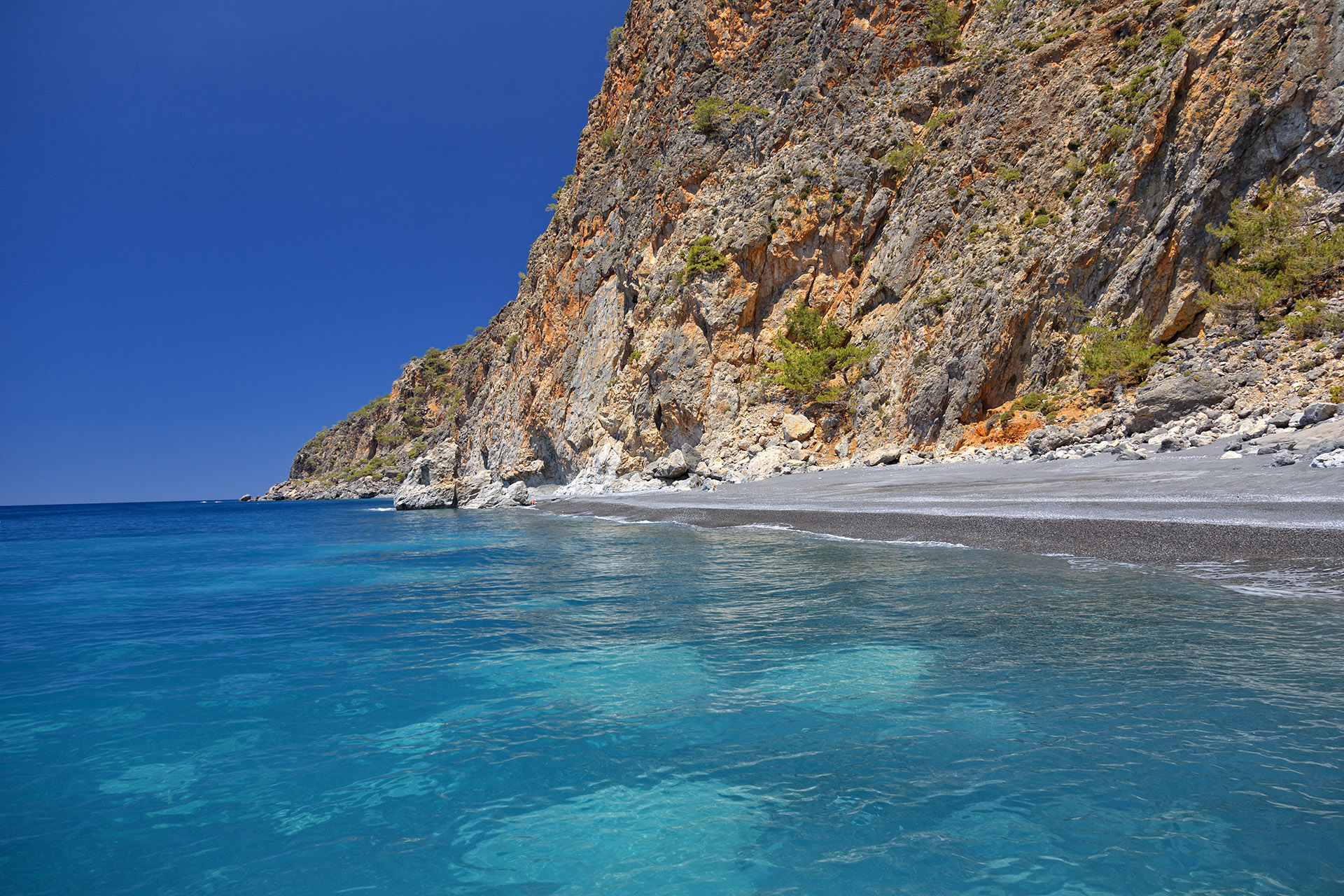Kastoria and its environs offer a wealth of experiences to every visitor. The lake offers scenery of unsurpassed beauty and first class gastronomy.Areas such as Doltso are rightly regarded as some of the most beautiful in Greece, while festivals such as Ragoutsaria attract tens of thousands of travellers every year. Gavros, like the other villages of the Korestia area, is not an obvious choice for anyone visiting the city in Western Macedonia. However, it is not to be overlooked, especially if you are a lover of history and architecture.
Korestia is a historical complex of villages in Western Macedonia, within the borders of the former prefectures of Kastoria (most of them) and Florina. Gavros, Mavrokampos, Chalara, Kraniona and some others lie in the peaceful valley of Ladopotamos. The origin of the name Korestia is the subject of various theories by Greek and Balkan scholars. What is certain is that their architectural identity is their point of reference. The traditional architecture of the villages is unique in the region of Western Macedonia. The houses are built with bricks made of red earth and straw, the earth giving them their characteristic red colour. This construction method was maintained until the mid-20th century, then abandoned. The same happened to a large extent to these particular villages during the Civil War.
In recent years, there has been a study to include the settlements of the Korestia Municipality in the protection regime of the Central Macedonian Authority for Modern Monuments. It is not a tourist place, but it is a piece of Greece that leaves a lasting impression on the visitor.
Breathtaking Landscape
From Kastoria it took us less than 30 minutes to reach Gavros. The first sight is breathtaking, as just off the main road we see the red houses. Nearby, a shepherd and his animals are the only living presences in the village. Dimitrios Dalipis, who fought for the Macedonian cause, came from Gavros and his statue dominates the entrance to the opposite New Settlement, as the newer village of Korestia, built in the 1970s, is called. This is where those who decided to stay in the area settled. A few brick houses still stand. Some of the houses have been converted into haylofts or stables.
This area has witnessed and been the scene of fierce battles. In 1904, during the Macedonian war, Pavlos Melas was killed by the Turkish army in the village of Melas. Later, in the 1940s, during the civil war, the inhabitants were expelled. Most never returned and emigrated, mainly to America and Canada, while others went to the Balkans. Today’s desolation is of course part of the area’s charm, but also why filmmakers choose it.
A Movie Set
The area’s landscape and architecture are the reasons why many famous directors chose Korestia as their film or television setting. “Pavlos Melas” by Philippos Phylaktou, “James Bond: For Your Eyes Only” by John Glen with Roger Moore, “Psyhi Vathia” by Pantelis Voulgaris, “The Suspended Step of the Stork” by Theodoros Angelopoulos. As far as television is concerned, the village of Kraniona has recently been transformed into the village of Farasa in Cappadocia for the series on the life of St Paisios.
Tips for Your Trip
Gavros is located 23 kilometres and about half an hour drive from Kastoria and 53 kilometres and about an hour drive from Florina.
The village is named after the plant of the same name, which is endemic to the area.
The lake of Kastoria is one of the first areas in Europe where there was organised human settlement. It is well worth paying a visit to Dispilio and the prehistoric settlement, which will take you back to the Neolithic Age.
Ideally, you should spend at least three nights in Kastoria to see it properly and enjoy the unique beauty of the surrounding area.
Read More
Dispilio: Prehistoric everyday life recreated at Kastoria area settlement in northern Greece
Vegoritida-Kastoria: a Thrilling Car Trip Across 4 Lakes
Floating History: The Boats of Kastoria, Northwestern Greece



